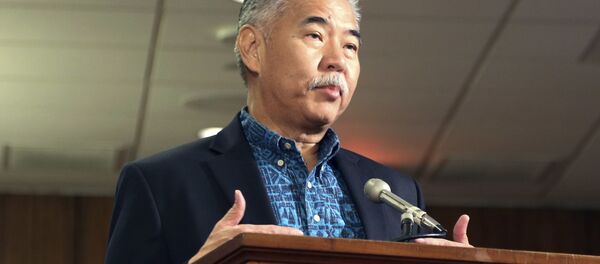The false ballistic missile alert that went out over the state of Hawaii's emergency services network on January 13 was issued on purpose because the emergency worker believed the threat was real, a US Federal Communication Commission investigation report reveals.
In fact, the incident was caused by a whole series of controversial decisions and human mistakes. This is how it all happened.
According to the report, Hawaii Emergency Management Agency's (HI-EMA) night shift supervisor began a no-notice ballistic missile attack exercise. The supervisor made a phone call to his day shift emergency colleagues, pretended to be US Pacific Command and played a pre-recorded message.
The pre-recorded message included a proper phrase for a training alert — "exercise, exercise, exercise" — but also included a phrase for a real attack: "this is not a drill." The recording ended with "exercise, exercise, exercise" once more.
These phrases, obviously, should be mutually exclusive. How both phrases were included in the recording has not been made clear.
"The recording does not follow the script contained in HI-EMA's standard operating procedure for this drill," is the only explanation provided.
According to the FCC report, the night shift supervisor decided to start the exercise during shift change hours on purpose, to train his colleagues to react in a challenging situation.
The day shift officers received the recorded message on speakerphone. While most warning officers understood that they were in the midst of a drill, the employee at the alert origination terminal said they believed that this was a real emergency. In a written statement, the officer said they had heard "this is not a drill" but not "exercise, exercise, exercise."
The name of the officer remains undisclosed.
At 8:07 a.m., the day shift employee responded, as they had been trained to do in a real event, by transmitting a live incoming ballistic missile alert across the Aloha State. According to the FCC report, such action required not only activation, but also a confirmation of the decision.
The FCC report says that the reason for such situation was "a combination of human error and inadequate safeguards."
According to the report, the Hawaii Emergency Management Agency was unprepared to react to such a false alarm, which was "largely responsible for the 38-minute delay in correcting the alert."
The agency claims it has taken steps designed to ensure that an incident such as this never happens again, the report reads.
Hours after the report was issued, Hawaii's emergency management administrator resigned and the worker who sent the alert was fired.





